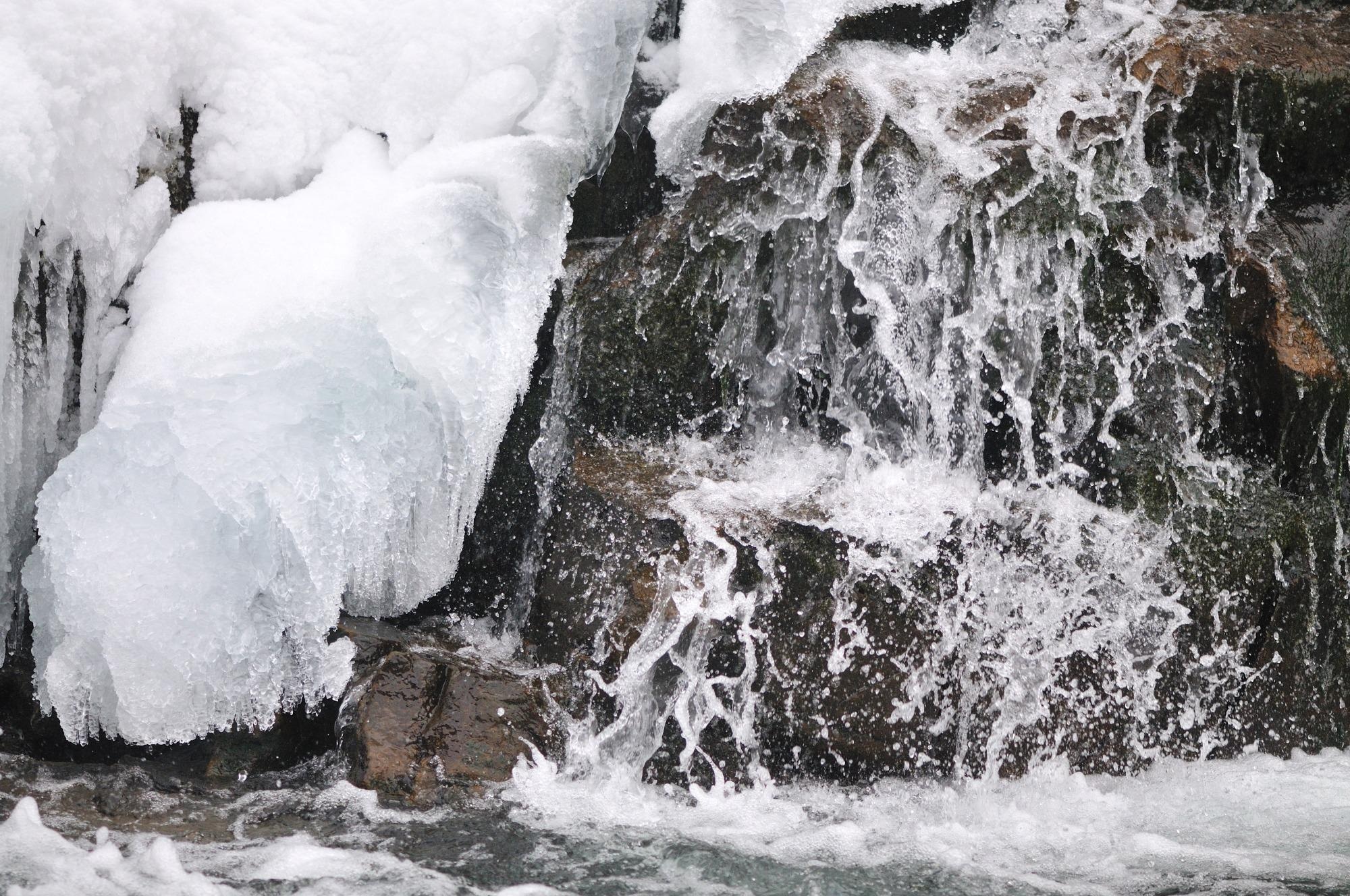Snowmelt falls under the category of a significant freshwater resource. In fact, over one-sixth of the world’s population depends on it for water. In northwest China’s arid regions, snowmelt runoff accounts for nearly 20% to 70% of runoff.

Image Credit: Shutterstock.com/ YouraPechkin
Factors like snowmelt time and speed, snowfall or rainfall ratio have been altered by climate warming, thereby impacting the volume as well as the distribution of yearly runoff. But currently, the spatial-temporal change of snowmelt and the reaction to climate change is still not clear.
With the help of a high-spatial-resolution data set of monthly precipitation and air temperatures, scientists from the Northwest Institute of Eco-Environment and Resources of the Chinese Academy of Sciences (CAS) fabricated a large-scale snowmelt model to evaluate the monthly and yearly snowmelt in China from 1951 to 2017.
The related outcomes have been reported in the Hydrology and Earth System Sciences journal.
Precipitation and temperature scenarios were utilized by the scientists developed from five CMIP5 models to forecast future snowmelt in China under three various representative concentration pathway (RCP) scenarios (RCP2.6, RCP4.5, and RCP8.5).
The researchers discovered that the mean annual snowmelt in China obtained from 1951 to 2017 was 2.41×1011m3yr-1, of which the three primary stable snow cover regions in Northern Xinjiang, Northeast China and the Qinghai-Tibet Plateau were 0.18×1011, 0.42×1011 and 1.15×1011m3yr-1, respectively.
Right from 1951 to 2017, the yearly snowmelt runoff ratios displayed a reducing trend in the majority of the third-level basins in China. But snowmelt displayed a growing trend in the Qinghai-Tibet Plateau, and it also grew considerably in Northern Xinjiang and Northeast China in the past decade.
Under RCP2.6, RCP4.5, and RCP8.5, the projected snowmelt in China in the future days to come (2011-2040; mid-future-2041-2070; far future-2071-2099) might reduce by 10.4% (15.8%; 13.9%), 12.0% (17.9%; 21.1%), and 11.7% (24.8%; 36.5%) than the reference period (1981-2010), respectively.
The study performed is the first known attempt at measuring snowmelt and its variations in China. This might have considerable implications for future research on snow-hydrology-climate interactions and also contribute significantly to water resource management that has been scheduled under climate change.
Journal Reference:
Yang, Y., et al. (2022) Trends and variability in snowmelt in China under climate change. Hydrology and Earth System Sciences. doi.org/10.5194/hess-26-305-2022